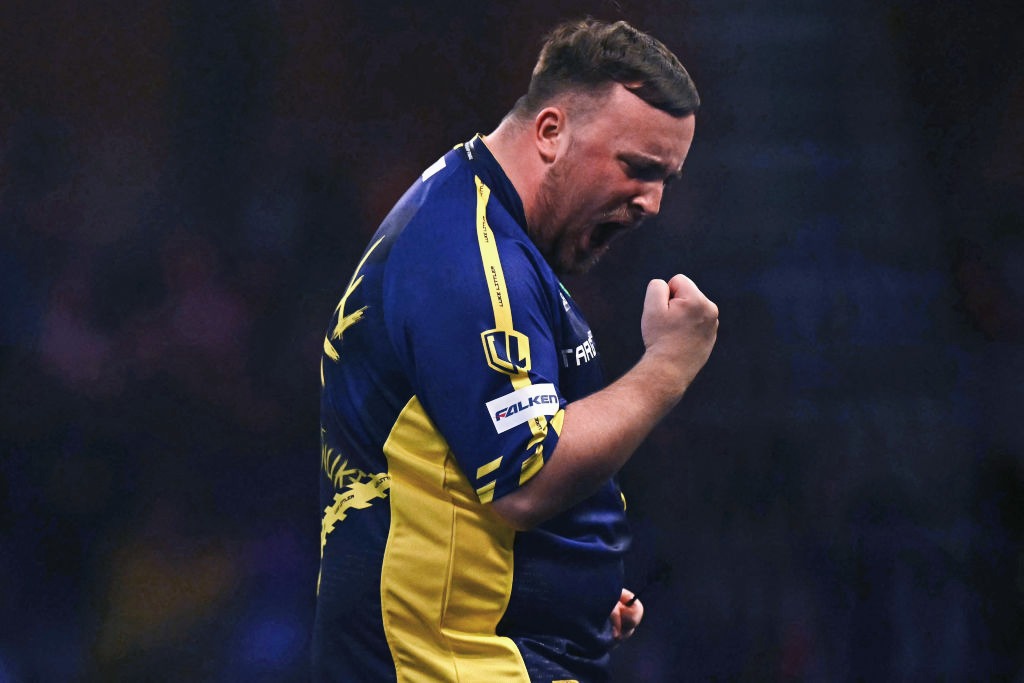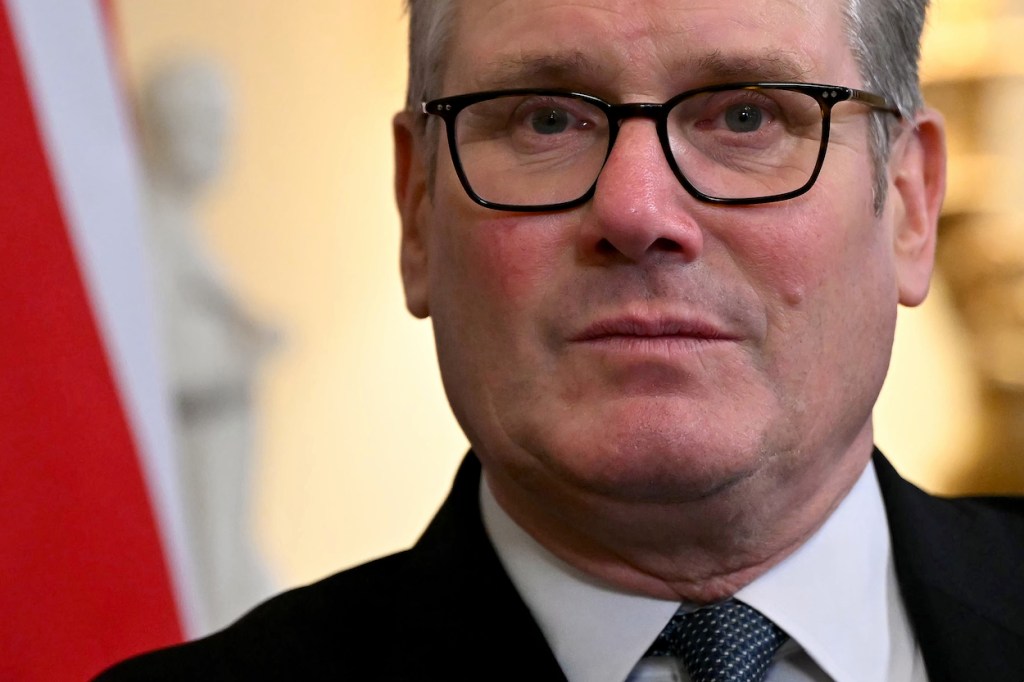The end of the World Darts Championship at Alexandra Palace is the end of the festive period for many sports fans. The tournament’s finals, nestled between Christmas Day and Epiphany, are now as synonymous with Christmas – or Dartsmas as Sky Sports likes to call it – as Wimbledon is with July. Pimms and strawberries swapped for lager and kebabs. Nearly four million people watched the darts final on the telly, closing in on the Wimbledon men’s final viewership.
It’s hard to see today’s darts tournaments, with the thousands of inebriated fans clad in fancy dress, the fireworks, the cheerleaders, and acknowledge it as the same as the struggling sport of the late 1980s. After a golden decade under the old British Darts Organisation’s (BDO) championships – some eight million had watched the televised final in 1979 – interest was stagnating, TV viewership was dropping, and the professionalisation of the sports was reversing. It was characterised by quiet and dark smoke-filled halls, best-parodied by Not the Nine O’Clock News whose darts match featured Mel Smith and Griff Rhys Jones as Dai ‘fat belly’ Gutbucket and Tommy ‘even fatter belly’ Belcher. Not talent nor personality – I’m thinking of Eric Bristow, Jockey Wilson, and Bobby George among others – could shake the sport’s stale state.
And still, darts players remain relatable to fans
The disillusioned players knew the solution was to reform the sport. They sought to introduce touring and increase the number of televised tournaments. The best 15 banded together but got into an ugly spat with the BDO in 1993. They were hounded by BDO’s overlord Olly Croft and effectively banned from the sport. Croft flippantly likened the player’s demands to children: ‘They say “can I have an ice cream?” and you say “no.”’ One of the rebels, Dave Whitcombe, lamented that the BDO saw them as a ‘threat rather than a help’. The breakaway group formed the Word Darts Council (now the Professional Darts Corporation, or PDC), and it gradually displaced the BDO as more players defected. So did the late, legendary commentator Sid Waddell who later said the BDO ‘put the organisation before the people who made the game’. Waddell supported Sky and PDC’s takeover. Darts was now ‘treated like a sport’, he said, even if it was ‘a cross between the Colosseum with the Christians, and the Munich Beer Festival.’
Since the split, darts has grown beyond expectation under the stewardship of the PDC as professionalisation and commercialisation proved to be a great boon. The total prize money for this year’s World Darts Championship was £2.5 million, almost 50 times greater than what it was for the BDO’s inaugural World Championship 1978 (the pot was £56,000 in today’s money). The current number of tour card holders – essentially the roster of darts professionals – stands at 128. The tournaments are larger too. The BDO World Championships featured just 32 players; whereas under the PDC the number of participants at the PDC has tripled to 96. The modern format offers the chance of winnings to a wider range of players.
At the oche the players haven’t seemed to change that much. Before each throw they still stand with a grimace, back slightly stooped highlighting bulging bellies. Not too dissimilar from Rhys Jones’s and Smith’s parodies. They’ve swapped drinking booze on stage for iced water and wear colourful kits emblazoned with sponsors and their nicknames too. The new trappings are nice, but are not the main reason for the sport’s resurgence – that is down to the skill and character of the players.
Darts players are getting better, raising the standard of the game. Clever people say it’s because dart makers like Winmau or Unicorn have perfected the tungsten alloys in the dart barrel and that the boards have less wire between each bed increasing the target area. But really it’s down to the players themselves. The general marker of a player’s calibre is their three-dart average which has increased massively since the 1980s. The ten highest three-dart averages recorded in professional darts have all occurred in the past 15 years. At the first BDO World Championship, Leighton Rees won the final with an average of 92.40, whereas Phil Taylor, the greatest darts player of all time, won the 2009 final with a three-dart average of 110.94. Their consistency is mind-boggling. It’s easy for us punters to think that, after fluking a treble 20 down the pub, darts is partly a game of chance. But to consistently hit treble 20 on a target sized less than a half-square inch and not fluff your throws by scoring a ‘bed and breakfast’ (that is 20, 1, 5, as the last two scores sandwich the 20 bed on a dartboard) takes years of toil. Fan-favourite Stephen Bunting, a semi-finalist in this year’s World Championship, trains for at least three hours a day when not competing. There’s no time off either. Phil Taylor used to take a dart board with him on cruise holidays between tournaments.
And still, darts players remain relatable to fans. Last year’s World Championship winner Luke Humphries was a roofer until five years ago; Jonny Clayton kept his job as a plasterer even after earning £400,000 in prize money in 2021; and this year’s round-of-16 finalist Rob Owen works part-time as an Iceland delivery driver. The only exception is the teenage prodigy Luke Littler, who won this year’s World Championship and some pundits tip to overtake Phil Taylor as the greatest player of all time. Even for all his skill, Littler is often spotted tucking into a kebab after games.
What a shame that this element of commonality often means that darts is derided as an unserious sport. Darts professionals are, as the commentators say, ‘titans of both TikTok and Tungsten alike’, but for the fans, that’s no contradiction. Many will faithfully follow them all year round. The World Masters starts in three weeks. Game on.








Comments